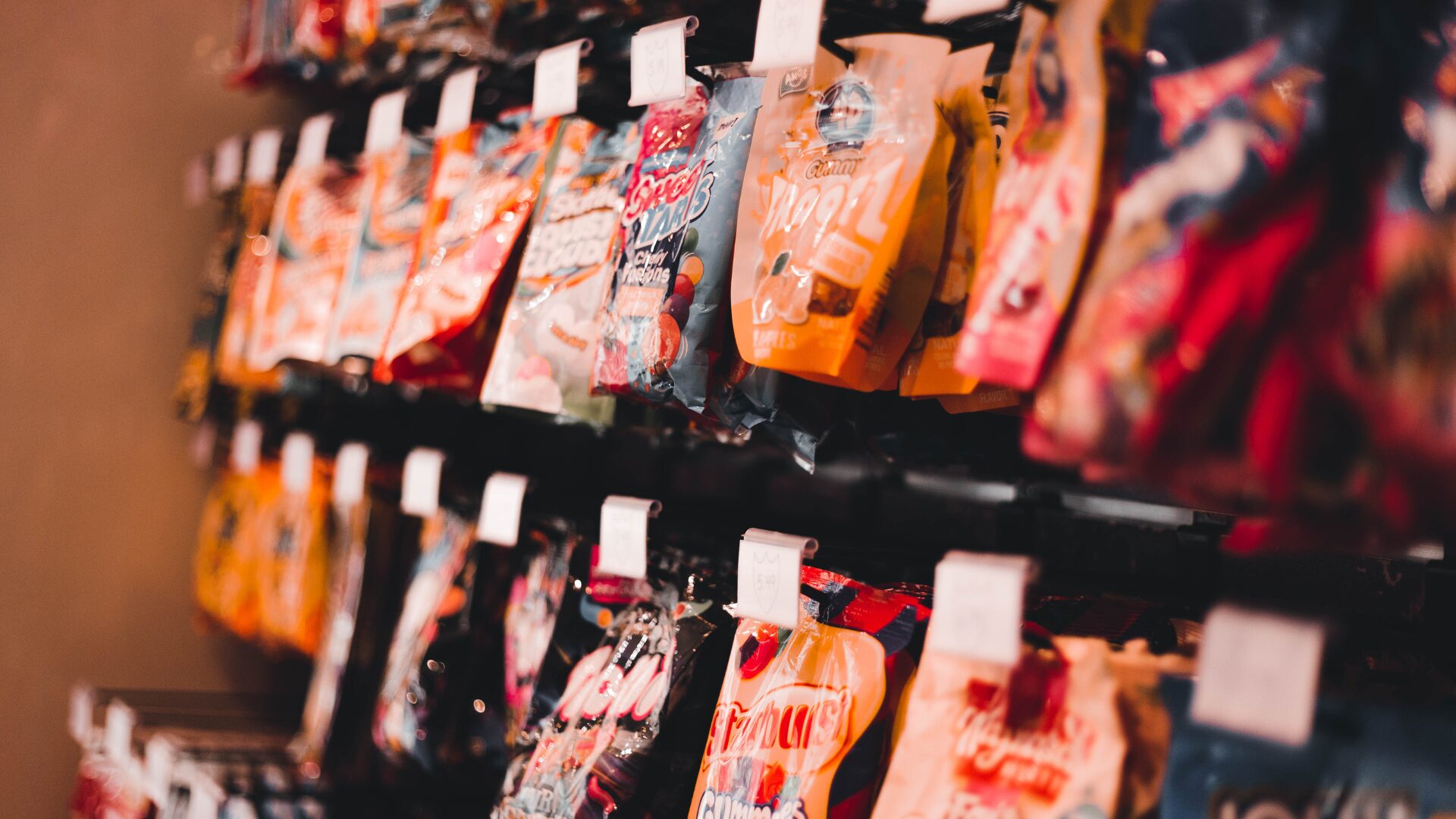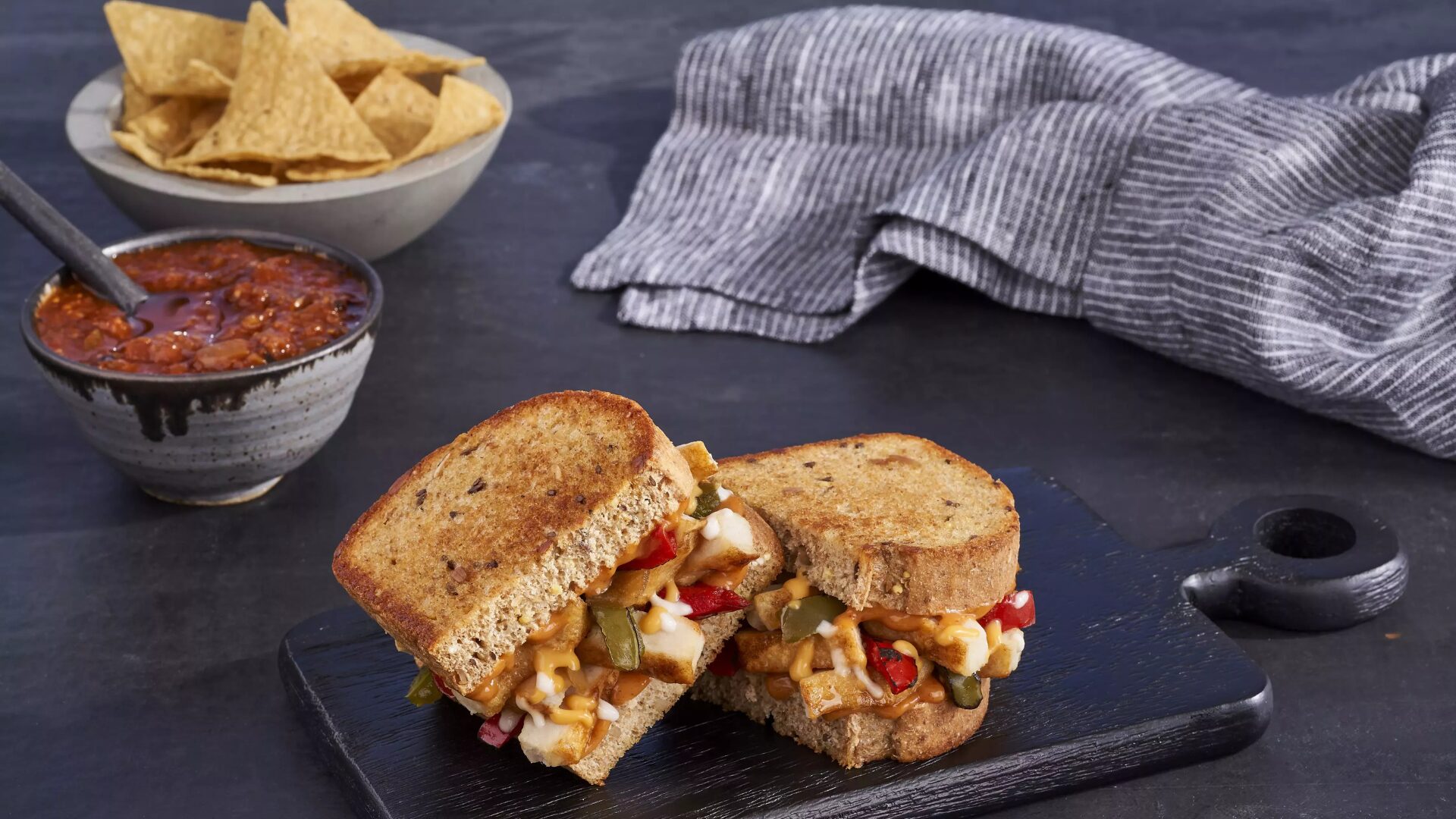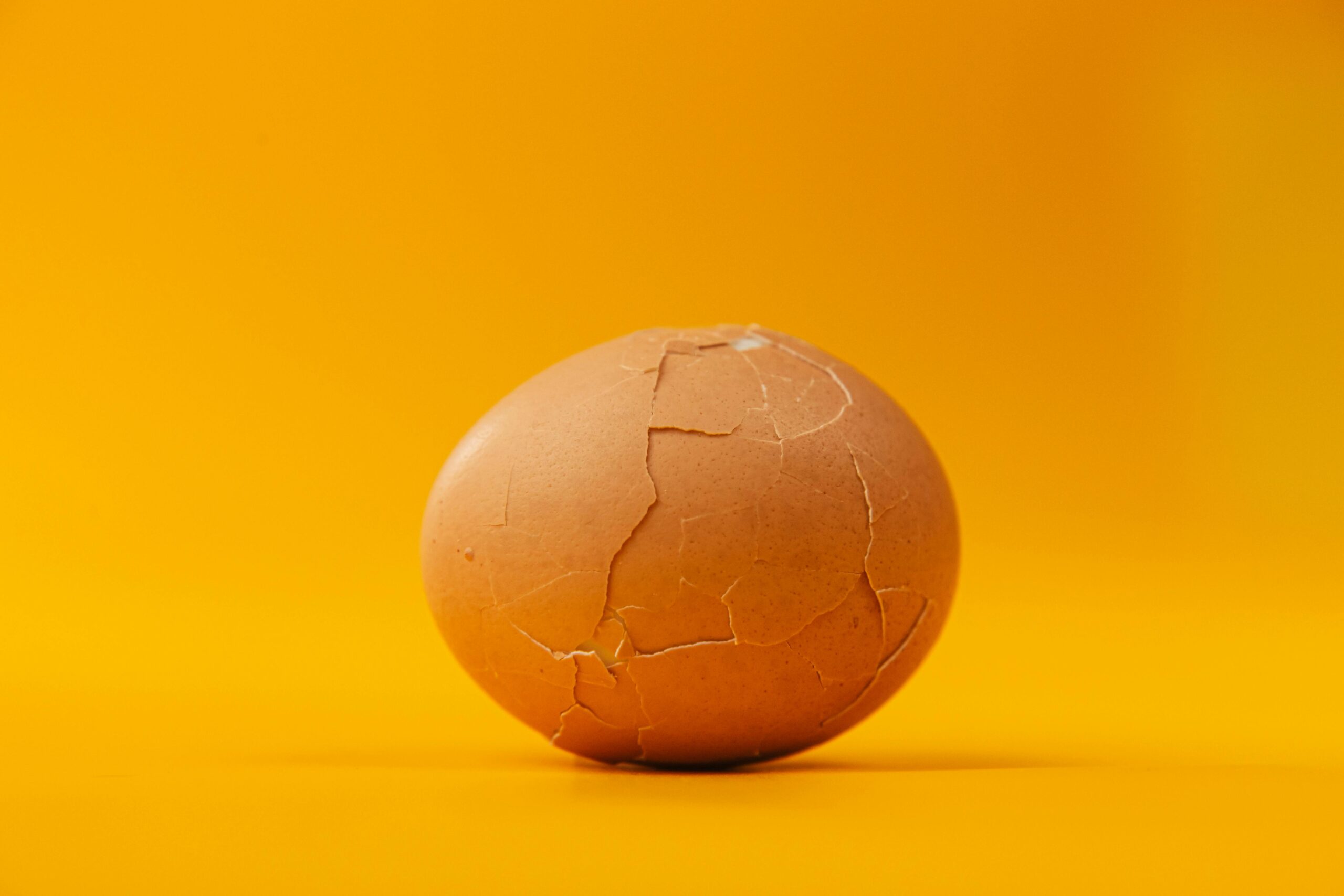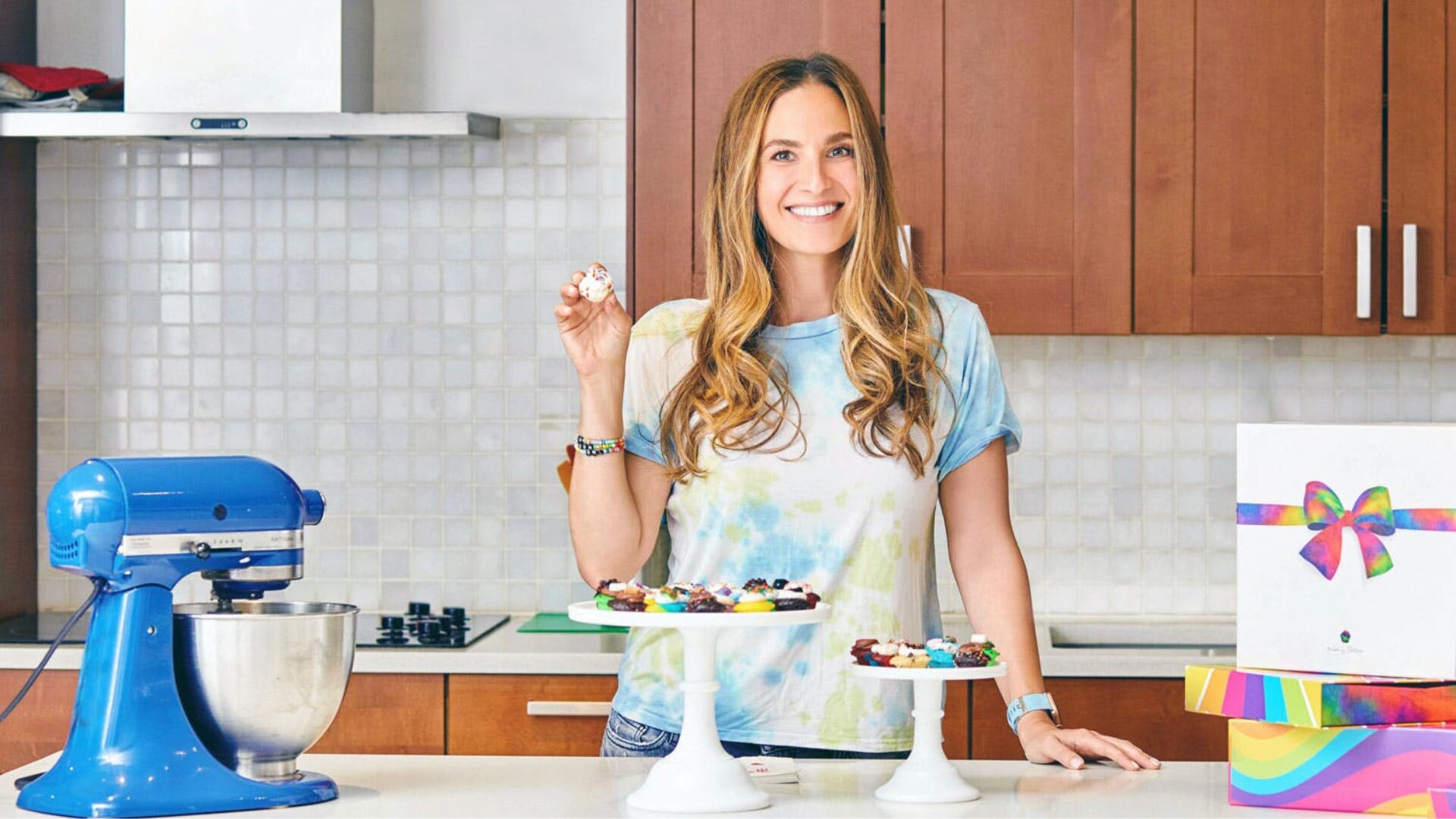Anyone who’s ever been on a diet remembers longing for a sweet dessert, wishing for the calorie content to disappear. That’s what makes artificial sweeteners so attractive – all the sweetness and none of the calories. What’s not to like?
A lot, it turns out, according to dieticians and nutritionists contacted by The Food Institute.
There are eight artificial sweeteners on the U.S. Food and Drug Administration’s approved list:
- Aspartame (sold as Equal, NutraSweet)
- Saccharin (sold as Sweet ‘N Low, Sugar Twin)
- Sucralose (sold as Spenda)
- Acesulfame potassium (sold as Sunett and often combined with saccharin)
- Stevia (sold as Truvia, PureVia, SweetLeaf, and the only one of the top five made from a herbal plant)
- Luo han guo (monk fruit extract and sold as Raw)
- Neotame (sold as Newtame and 7,000 to 13,000 times sweeter than sugar)
- Advantame (the newest of the lot and 20,000 times sweeter than sugar)
Then there are the sugar alcohols like mannitol, sorbitol and xylitol that contain about half the calories of sugar. Eat too much of these and you wind up with diarrhea and bloating.
Most artificial sweeteners typically are 200 to 600 times sweeter than sugar and just as addictive, Dr. Mark Hyman, director of the Center for Functional Medicine at the Cleveland Clinic, noted.
“Low/no calorie sweeteners can play a useful role in helping people manage their overall calorie intake and meet the recommendations to reduce excess sugar intake, while maintaining the enjoyment of sweet-tasting foods and drinks with fewer or no calories,” said Melissa Kaczmarczyk, principal scientist for global nutrition at Tate & Lyle. “This is an important consideration when the governments and public health bodies around the world are battling with the rising prevalence of obesity and diabetes. There is an overwhelming body of robust scientific evidence which supports the beneficial role low/no calorie sweeteners can play in helping people reduce their sugars and calorie intake and manage their weight.
“For people with diabetes, they also offer an important alternative to sugar because low/no calorie sweeteners do not increase blood glucose levels. Sweeteners are an essential tool in helping food and drink companies reformulate their products to reduce the amount of sugar and calories they contain.”
Other experts, however, disagreed.
Though the U.S. Food and Drug Administration has approved use of these sweeteners in foods and drinks, questions about their true safety remain.
Numerous experts told The Food Institute these sweeteners, rather than aiding in weight loss, may actually contribute to obesity and insulin resistance.
“New research is linking artificial sweeteners with diabetes. Instead of being safe for diabetics (safer than sugar) it may cause diabetes and actually make existing diabetic conditions worse,” said Sally Stevens, a registered dietician nutritionist. “Artificial sweeteners may exacerbate, rather than prevent, metabolic disorders such as type 2 diabetes.”
A study published last year in the Journal of Family Medicine and Primary Care found ingesting artificial sweeteners “results in the release of insulin from pancreas, which is mistaken for glucose. … This increases the levels of insulin in blood, eventually leading to decreased receptor activity due to insulin resistance.”
Though the aim of substituting artificial sweeteners for sugar is to cut calories, their use actually may lead to overeating and weight gain, defeating their purpose.
“Artificial sweeteners can contribute to weight gain by stimulating your appetite and increasing sugar cravings,” said Sarah Anderson, a functional medicine nurse practitioner.
Heather Hanks, a nutritionist with USA Rx, noted artificial sweeteners can alter the gut microbiome, leading to glucose intolerance.
“Stevia and monk fruit are better options as they are naturally derived from plants and contain antioxidant properties that have health benefits,” Hanks said.
Switching to Stevia, however, likely isn’t the answer, either.
“The intense sweetness of such sugar alternatives can train the palate to appreciate — and even require — a very high threshold of sweetness. In other words, individuals who routinely consume diet, sugar-free foods and beverages are then increasingly drawn toward sweets,” registered dietician nutritionist Eve Persak said. “Such cravings may lead them to snack on desserts, sodas, juices, candies — sugar-free (when available) or otherwise.”
Which issue do you feel will impact the food industry the most in 2022?
— The Food Institute (@FoodInstitute) October 25, 2021












